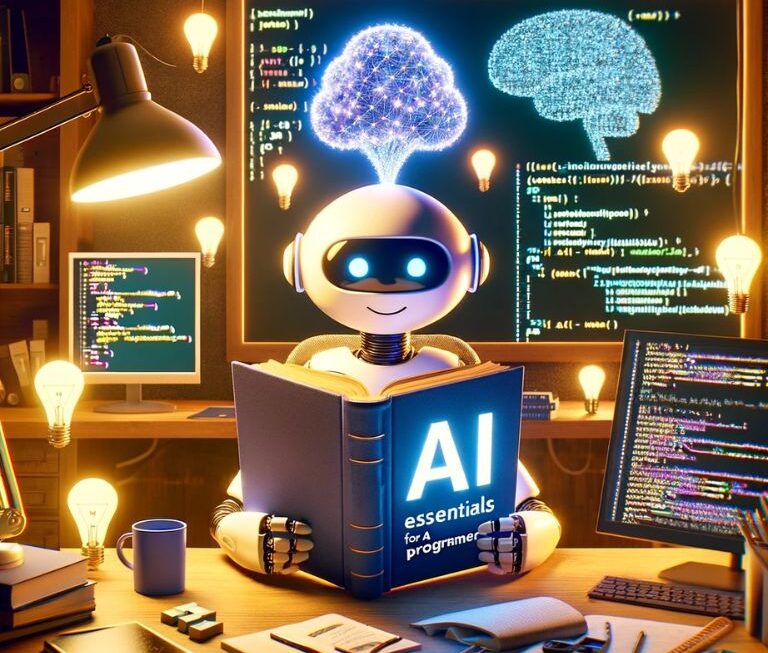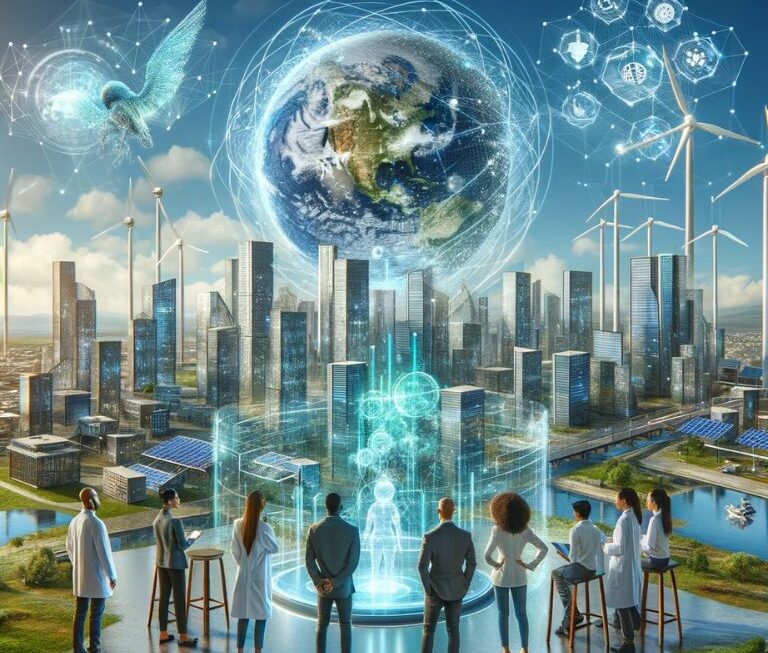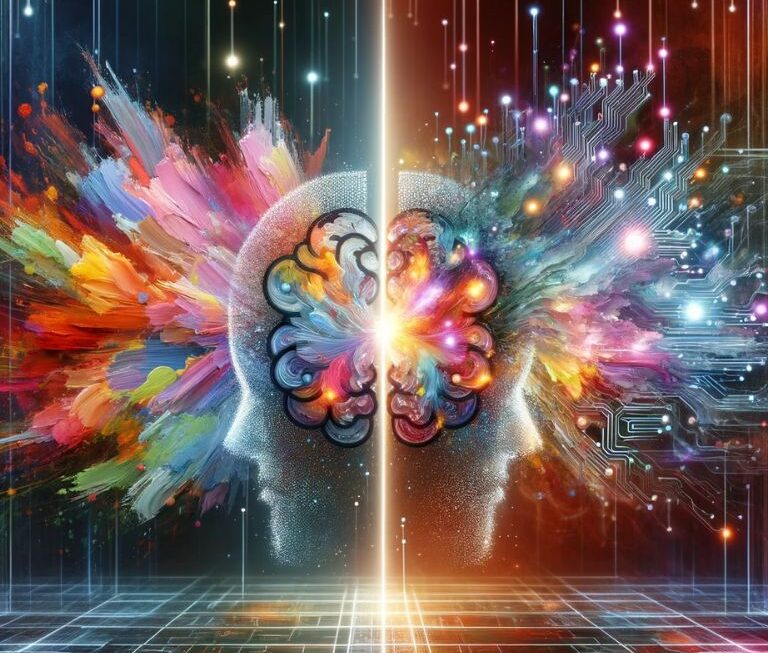Identifying AI-Generated Photos: Expert Tips, Visual Examples & Interactive Detection Challenge
But it does give you more info to work with for your investigative pursuits. Comparison of generative pre-training with BERT pre-training using iGPT-L at an input resolution of 322 × 3. We see that generative models produce much better features than BERT models after pre-training, but BERT models catch up after fine-tuning. Contrastive methods typically report their best results on 8192 features, so we would ideally evaluate iGPT with an embedding dimension of 8192 for comparison. However, training such a model is prohibitively expensive, so we instead concatenate features from multiple layers as an approximation. Unfortunately, our features tend to be correlated across layers, so we need more of them to be competitive.
See How Real AI-Generated Images Have Become – The New York Times
See How Real AI-Generated Images Have Become.
Posted: Sat, 08 Apr 2023 07:00:00 GMT [source]
Accordingly, if horse images never or rarely have a red pixel at position 1, we want the horse-score to stay low or decrease. This means multiplying with a small or negative number and adding the result to the horse-score. The common workflow is therefore to first define all the calculations we want to perform by building a so-called TensorFlow graph. During this stage no calculations are actually being performed, we are merely setting the stage.
AI-Powered OCR (Optical Character Recognition): Enhancing accuracy and efficiency in document analysis
The new voice capability is powered by a new text-to-speech model, capable of generating human-like audio from just text and a few seconds of sample speech. We collaborated with professional voice actors to create each of the voices. We also use Whisper, our open-source speech recognition system, to transcribe your spoken words into text. We’re rolling out voice and images in ChatGPT to Plus and Enterprise users over the next two weeks.
- But human capabilities are more extensive and do not require a constant stream of external data to work, as it happens to be with artificial intelligence.
- It’s becoming increasingly popular in various retail, tech, and social media industries.
- This provides alternative sensory information to visually impaired users and enhances their access to digital platforms.
- One of the most significant benefits of Google Lens is its ability to enhance user experiences in various ways.
- How does the brain translate the image on our retina into a mental model of our surroundings?
If the data has not been labeled, the system uses unsupervised learning algorithms to analyze the different attributes of the images and determine the important similarities or differences between the images. At viso.ai, we power Viso Suite, an image recognition machine learning software platform that helps industry leaders implement all their AI vision applications dramatically faster with no-code. We provide an enterprise-grade solution and software infrastructure used by industry leaders to deliver and maintain robust real-time image recognition systems. Currently, convolutional neural networks (CNN) such as ResNet and VGG are state-of-the-art neural networks for image recognition.
What Is Data Analytics? [Beginner’s Guide 2023]
If it is too small, the model learns very slowly and takes too long to arrive at good parameter values. You don’t need any prior experience with machine learning to be able to follow along. The example code is written in Python, so a basic knowledge of Python would be great, but knowledge of any other programming language is probably enough. In Deep Image Recognition, Convolutional Neural Networks even outperform humans in tasks such as classifying objects into fine-grained categories such as the particular breed of dog or species of bird. There are a few steps that are at the backbone of how image recognition systems work. The terms image recognition and image detection are often used in place of each other.
However, such systems raise a lot of privacy concerns, as sometimes the data can be collected without a user’s permission. One of the typical applications of deep learning in artificial intelligence (AI) is image recognition. AI is expected to be used in various areas such as building management and the medical field. In this article, we will discuss the applications of AI in image recognition. The combination of AI and ML in image processing has opened up new avenues for research and application, ranging from medical diagnostics to autonomous vehicles.
Viso provides the most complete and flexible AI vision platform, with a “build once – deploy anywhere” approach. Use the video streams of any camera (surveillance cameras, CCTV, webcams, etc.) with the latest, most powerful AI models out-of-the-box. Results indicate high AI recognition accuracy, where 79.6% of the 542 species in about 1500 photos were correctly identified, while the plant family was correctly identified for 95% of the species.
Agricultural machine learning image recognition systems use novel techniques that have been trained to detect the type of animal and its actions. Modern ML methods allow using the video feed of any digital camera or webcam. Creating a custom model based on a specific dataset can be a complex task, and requires high-quality data collection and image annotation.
Data inputs for pattern recognition can be words or texts, images, or audio files. As a compilation of loosely related areas and techniques, pattern recognition analyzes incoming data and tries to identify patterns. It’s an absolute must for intelligent systems such as CAD systems in medicine.
Using AI to protect against AI image manipulation MIT News … – MIT News
Using AI to protect against AI image manipulation MIT News ….
Posted: Mon, 31 Jul 2023 07:00:00 GMT [source]
Users might depend on ChatGPT for specialized topics, for example in fields like research. We are transparent about the model’s limitations and discourage higher risk use cases without proper verification. Furthermore, the model is proficient at transcribing English text but performs poorly with some other languages, especially those with non-roman script. We advise our non-English users against using ChatGPT for this purpose. Like other ChatGPT features, vision is about assisting you with your daily life. This is why we are using this technology to power a specific use case—voice chat.
Exploring Exciting AI Projects: Unleashing the Power of Artificial Intelligence
This would help to ensure that all out-of-date products are removed from the shelves on-time. Defect detection is a prominent use case of image recognition technology within the retail and consumer goods industry. The image recognition models can be used to scan and identify any defects along the production line, automating the inspection process to improve efficiency and accuracy. Image recognition is a subcategory of computer vision, which is an all-encompassing descriptor for the process of training computers to “see” like humans and take action.
Intrusion detection system is used to detect vehicles violating parking regulations, trespassing at railroad crossings, trespassing in restricted areas and other intrusions. In case you want the copy of the trained model or have any queries regarding the code, feel free to drop a comment. To increase the accuracy and get an accurate prediction, we can use a pre-trained model and then customise that according to our problem.
Unlock advanced customer segmentation techniques using LLMs, and improve your clustering models with advanced techniques
The first thing we do after launching the session is initializing the variables we created earlier. In the variable definitions we specified initial values, which are now being assigned to the variables. We use a measure called cross-entropy to compare the two distributions (a more technical explanation can be found here). The smaller the cross-entropy, the smaller the difference between the predicted probability distribution and the correct probability distribution. The actual numerical computations are being handled by TensorFlow, which uses a fast and efficient C++ backend to do this.
The resulting chunks of images and labels from the training data are called batches. The batch size (number of images in a single batch) tells us how frequent the parameter update step is performed. We first average the loss over all images in a batch, and then update the parameters via gradient descent.
However, the advent of machine learning, particularly deep learning, has revolutionized the domain, enabling more robust and versatile solutions. In the case of image recognition, neural networks are fed with as many pre-labelled images as possible in order to “teach” them how to recognize similar images. Unlike humans, machines see images as raster (a combination of pixels) or vector (polygon) images. This means that machines analyze the visual content differently from humans, and so they need us to tell them exactly what is going on in the image.
Each pixel has a numerical value that corresponds to its light intensity, or gray level, explained Jason Corso, a professor of robotics at the University of Michigan and co-founder of computer vision startup Voxel51. There’s no doubt about it — when it comes to keeping your customers happy, improving your bottom line, and getting ahead of your competitors, image recognition technology is hard to beat. SentiSight’s image recognition capabilities can also be used to flag potential irregularities which can indicate certain diseases and subsequently inform the person in case they need to seek medical advice. For instance, an image containing the fragment of human skin with a birthmark can be analysed looking for the signs of melanoma (skin cancer). If the scan identifies a potential risk of cancer, the person could be referred to the doctor for further testing. Conventional processes are simple and require visual observation from humans, a time inefficient process as well as being subjective through influence of prior knowledge and expectations.
We just provide some kind of general structure and give the computer the opportunity to learn from experience, similar to how we humans learn from experience too. That’s all the code you need to train your artificial intelligence model. Before you run the code to start the training, let us explain the code. Alternatively, check out the enterprise image recognition platform Viso Suite, to build, deploy and scale real-world applications without writing code. It provides a way to avoid integration hassles, saves the costs of multiple tools, and is highly extensible. It then combines the feature maps obtained from processing the image at the different aspect ratios to naturally handle objects of varying sizes.
In addition, standardized image datasets have lead to the creation of computer vision high score lists and competitions. The most famous competition is probably the Image-Net Competition, in which there are 1000 different categories to detect. 2012’s winner was an algorithm developed by Alex Krizhevsky, Ilya Sutskever and Geoffrey Hinton from the University of Toronto (technical paper) which dominated the competition and won by a huge margin. This was the first time the winning approach was using a convolutional neural network, which had a great impact on the research community.
Read more about metadialog.com here.



